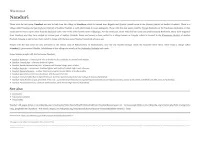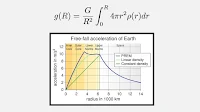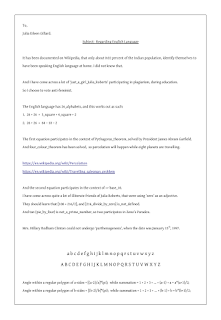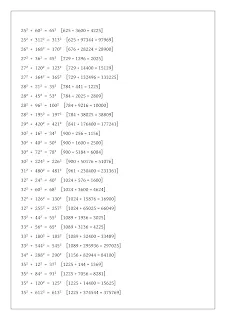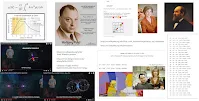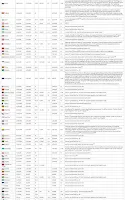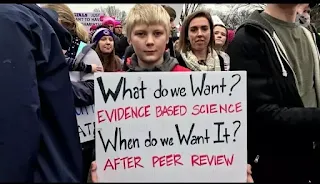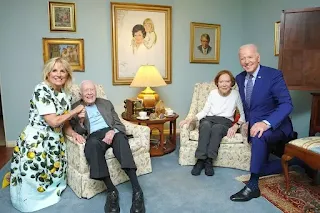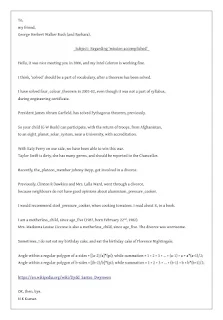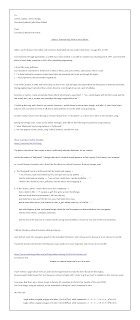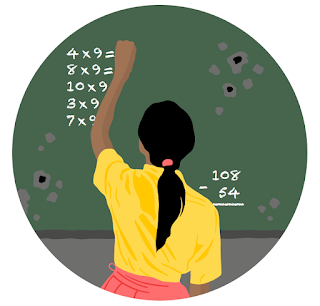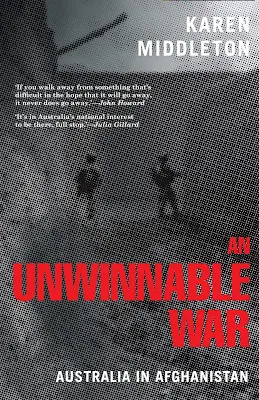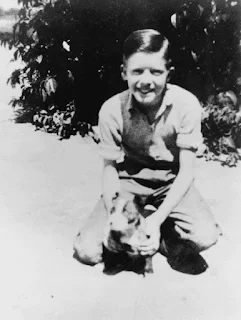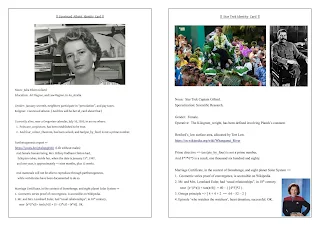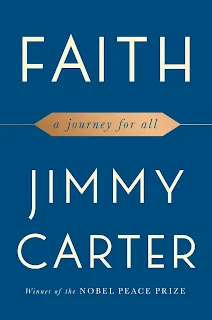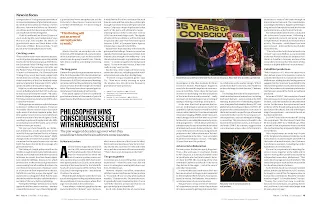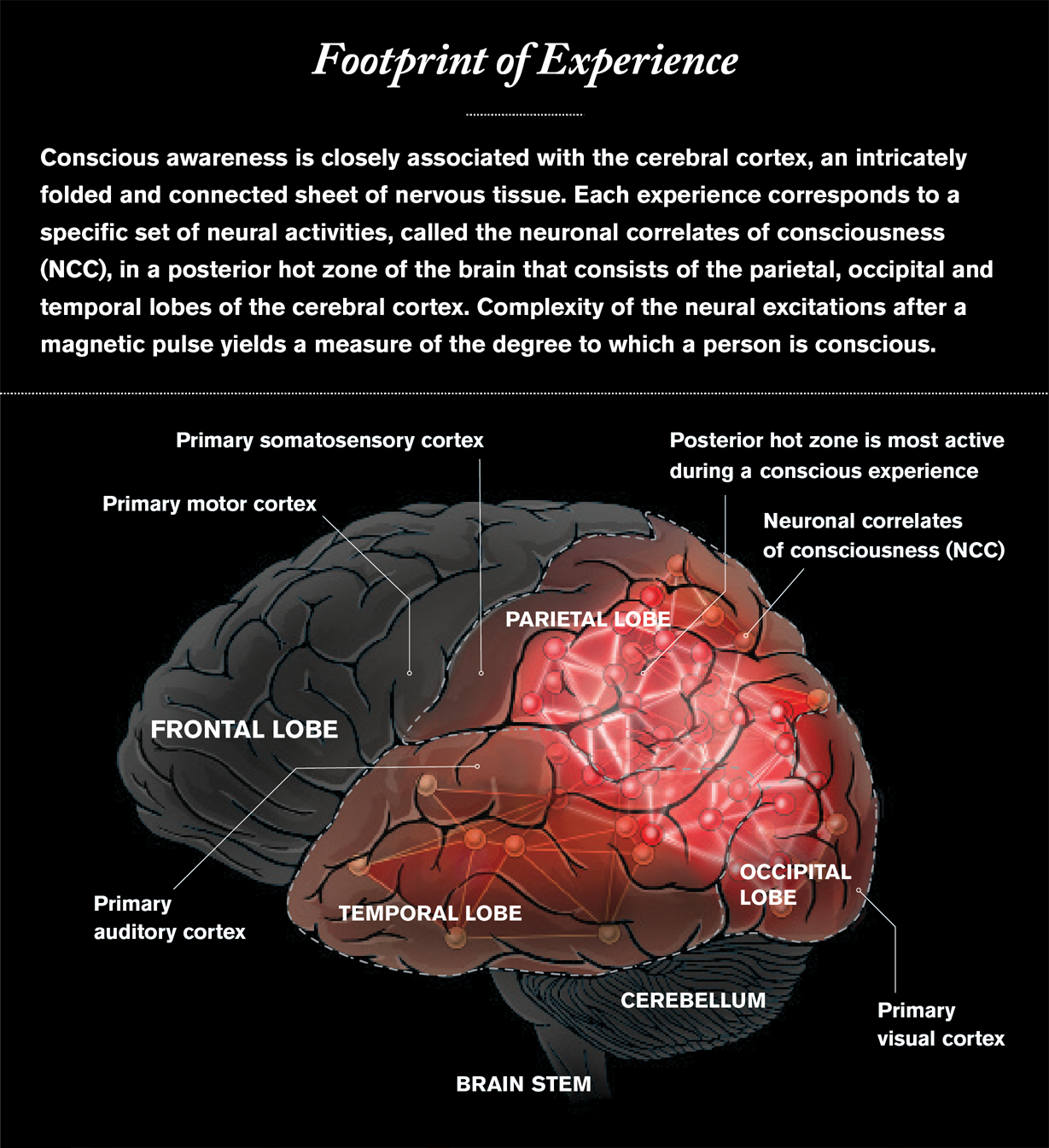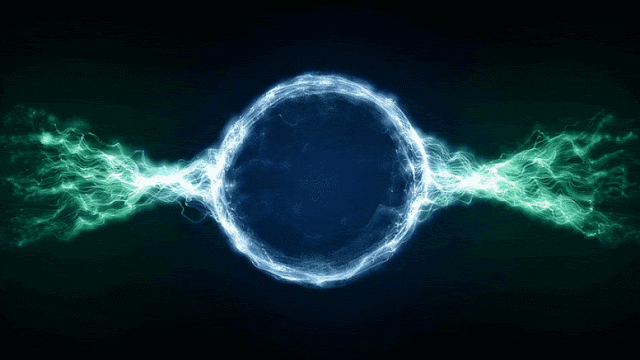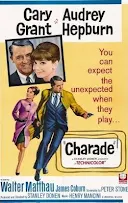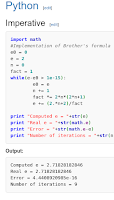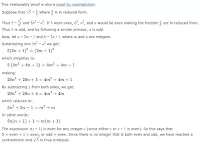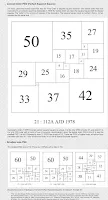Hello,
Tulsi Gabbard.
I called it => May 25th, 2021, Common Era, Towel Day,
and have been a convinced atheist, since about 1995.
I was born February 22nd, 1982.
I made some cards for the elections. You have been a war participant,
and so have I. And I came up with the term 'fake news',
in 2003, after having solved four_colour_theorem, in 2001-02,
and was aware that Donald Trump did not have accreditation for his educational institute.
George Herbert Walker Bush, and Barbara,
were two World War two participants,
and we agreed about this => 26 + 26 = 50 +2, and 32 + 32 = 62 +2;
while granddaughter__Barbara, was participating with the "red cross", and they affirmed that "Pluto is not a planet".
Please find included here => a_summary_of_cards,
that I made in the context__of__elections__2020,
regarding the Democracy in Georgia State, related to George Washington (February 22nd), and George Cantor (noun).
https://en.wikipedia.org/wiki/George_(given_name)
https://en.wikipedia.org/wiki/Georg_Cantor
Thanks.
OK, then, bye.
N K Kumar (convinced atheist)
Additional Notes:
Since the egg came first, for female_age_35_plus, the taxes and mother's participation, will be relevant in the State of Texas.
And George Cantor, will remain relevant to the State of Georgia, while "solved" is a part of vocabulary, while four_colour_theorem has been solved previously. OK.
https://www.google.com/search?q=abcnews+President+Donald+Trump+pardoning+the+turkey+November+2020&
Pardoning of the turkeys => corn_and_cob, Thanksgiving, November, 2020.
Julia Roberts, is quite famous for having said => "just_a_girl. standing in front of a boy, asking him to love her . . ."
And here Julia Eileen Gillard, is talking about, being a woman => (google_drive_link)
To,
george_walker_bush.
Launch code => { 216, return_from_afghanistan }
https://twitter.com/GPforEducation/status/1331234867774779394
https://thebulletin.org/2020/08/bruce-blair-challenging-the-accidental-nuclear-war-machine-at-every-turn/
saved__as__mhtml, . . . document given to First Lady, bye.
216 = (2_cube) multiplied_by (3_cube)
108 = 216 divide_by_two
Because divide_by_zero, is_not_defined.
End of conflict.
https://www.smh.com.au/national/nsw/premier-says-pork-barrelling-not-illegal-as-she-defends-council-grants-program-20201126-p56i6d.html
https://www.theguardian.com/business/2020/nov/24/dow-jones-hits-record-high
“That’s a sacred number, 30,000. Nobody thought they’d ever see it,” he said at an extremely brief press conference. “That’s the 48th time we have broken records during the Trump administration.
He went on to congratulate his administration and “most importantly, the people of our country”.
https://en.wikipedia.org/wiki/Travelling_salesman_problem
https://en.wikipedia.org/wiki/Lambda_calculus
https://en.wikipedia.org/wiki/Anzac_Day#2020:_COVID-19_pandemic
Thanks, James Blunt and others. OK.
google_drive_link => daphne { End of World War two }
Thanks, for the amenable voting process, in au__stralia. OK.
Changing from military time, at age__23 on Intel Celeron,
to civilian__time at age__38. OK.
https://twitter.com/eurimbla13/status/1291278330042314753
To those who try to disrespect #ANZACDay (you know who you are) and say it is not relevant.I’ve continued to speak up for people like Daphne.One of many who would never see a grave.Who needed a way to remember and to grieve.#LestWeForget
On her 22nd birthday Daphne Dunne was told of her husband’s death. Never seeing his grave sometimes thought he may come marching home. She was in limbo until she could see the grave herself. When she finally did, it was very emotional.#OneInAMillion #75Days75Stories
End of World War two, along with two.
eight_planet_solar_system => George Herbert Walker Bush (and Barbara).
OK, and bye.
================================================
To,
cricket_captain__Steve_waugh and,
Julia Eileen Gillard.
President George Walker Bush,
has declared, that the cold_waar, is over.
https://youtu.be/Zsc-CjBfRYA
Bush: 'The Cold War Is Over'
https://thebulletin.org/2020/08/bruce-blair-challenging-the-accidental-nuclear-war-machine-at-every-turn/
Thanks to Daphne, James Blunt, and others.
https://en.wikipedia.org/wiki/Anzac_Day#2020:_COVID-19_pandemic
We hope that Known Known Jane Goodall is doing fine, care_of Grandma Elizabeth.
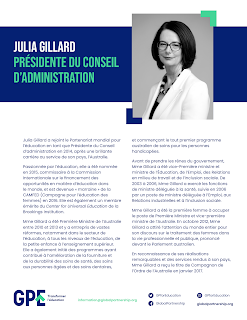
Hello.
Shakira - Try Everything (From "Zootopia") [Official Music Video]
https://youtu.be/c6rP-YP4c5I
https://youtu.be/NYXp3DP5ZMQ
https://google.com/search?q=jumanji&
https://en.wikipedia.org/wiki/Dydd_Santes_Dwynwen
Thanks and Bye.
N K Kumar.
postscript:
European documents, edited at the Smithsonian,
in the context, of January 15th, 1875, will be given to the Chancellor, in Europe.
boy and girl, meet at the Zoo,
and uncle_and_aunt, meet at the Smithsonian museum. OK.
https://en.wikipedia.org/wiki/Travelling_salesman_problem
And eight_planets_will_keep_traveling.
https://www.gq.com/story/the-promise-that-tested-my-parents-until-the-end
The Promise That Tested My Parents Until the End
Couples pledge many things to one another. When my father grew ill, one promise tested everything about my parents' long and happy life together, and forced my mother to wonder how she would keep her word—and also whether she should.
https://en.wikipedia.org/wiki/Paula_White
https://www.truthforlife.org/broadcasts/2020/11/28/lamb-on-the-throne-part-2-of-2-/?utm_content=146904672&
" . . . and I, feel a much, better person for, doing Bible Studies" . . . with "avec" aunt Debra Barone.
Thanks, civilian time, morning 9_30_am, https__plus html5, with certificate.
Sunday, 29th November, 2020 Common Era, . . .
Thanks for peanut_rice_with_coconut_food recipe.
gerontology aunt, participates,
in January seventh, about the birthday cake, recipe, civilian time.
https://en.wikipedia.org/wiki/Swiss_Family_Robinson_(1960_film)
https://en.wikipedia.org/wiki/Meet_the_Robinsons
https://en.wikipedia.org/wiki/Lindy_Chamberlain-Creighton#Court_cases
saved_mp3_audio <= google__drive, and mhtml__format__file
https://www.truthforlife.org/broadcasts/2020/11/28/lamb-on-the-throne-part-2-of-2-/
https://en.wikipedia.org/wiki/Seventh-day_Adventist_Church#Humanitarian_aid_and_the_environment
The church embraces an official commitment to the protection and care of the environment,
as well as taking action to avoid the dangers of climate change:
"Seventh-day Adventism advocates a simple,
wholesome lifestyle, where people do not step on the treadmill of unbridled over-consumption,
accumulation of goods, and production of waste. A reformation of lifestyle,
is called for, based on respect for nature, restraint in the use of the world's resources, reevaluation of one's needs,
and reaffirmation of the dignity of created life." Thanks, and bye.
https://en.wikipedia.org/wiki/Petri_dish
A petri_dish, will be edited in the context, of college. OK.
Additional notes,
for Tulsi Gabbard, and Donald Rumsfeld. => (link)

